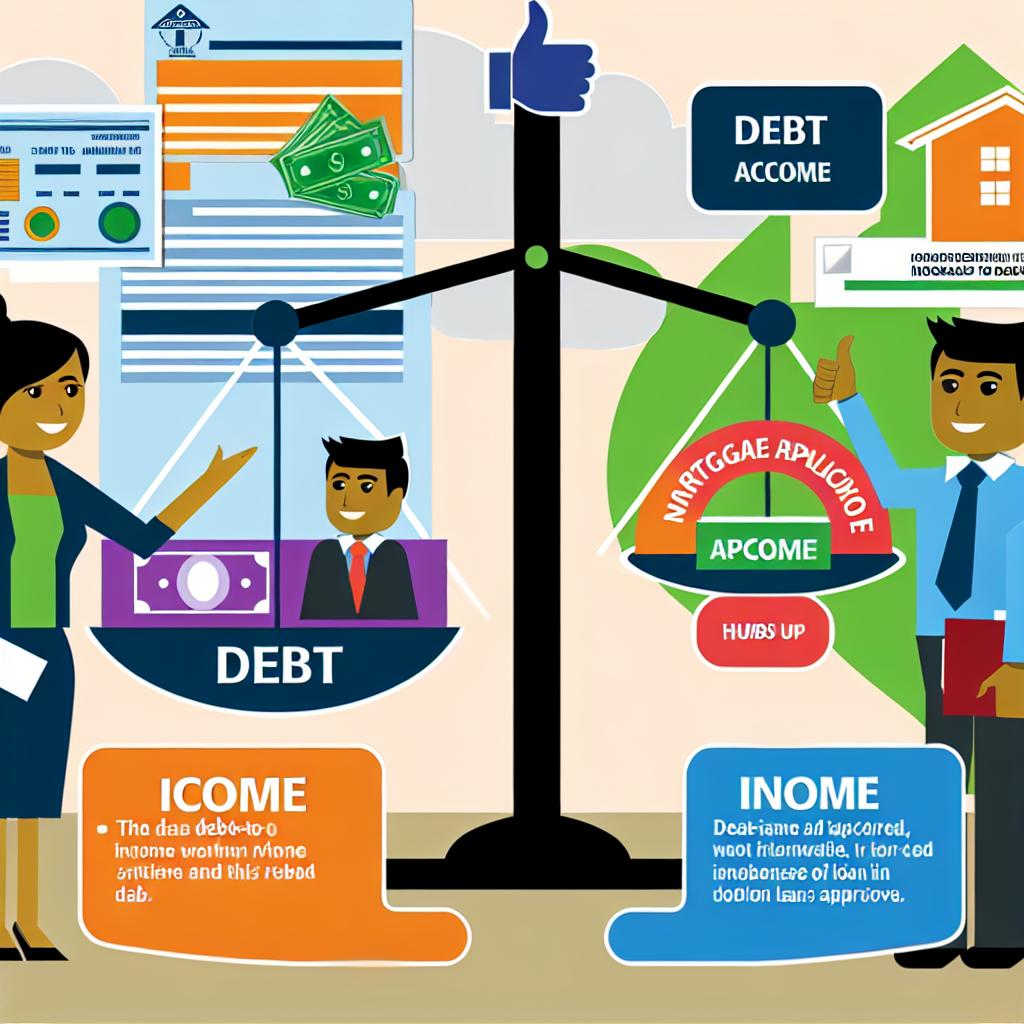
Understanding Loan Repayment
When contemplating taking out a loan, it is essential to comprehend the nuances of how much you will be required to pay each month. Calculating your monthly loan payment requires considering several important factors, such as the total amount borrowed, the interest rate, and the term of the loan. Let’s delve deeper into the intricacies of loan repayment to offer a clearer understanding.
Components of a Loan Payment
When you make a monthly loan payment, it primarily covers two essential components: the principal and the interest. The principal refers to the initial amount you borrow from the lender. On the other hand, the interest is the cost associated with borrowing money, which the lender charges for the privilege of using their funds. Understanding these two components is crucial, as they collectively determine the total amount you will repay over the life of the loan.
Formula for Calculating Loan Payment
To ascertain your monthly loan payment, you can employ a specific formula that takes into account the principal amount, interest rate, and loan term. The formula is as follows:
M = P[r(1+r)^n]/[(1+r)^n – 1]
– M stands for the total monthly payment.
– P is the loan principal or the original amount borrowed.
– r is the monthly interest rate, derived by dividing the annual interest rate by 12 months.
– n represents the total number of payments, which is calculated by multiplying the loan term in years by 12 months.
Employing this formula allows you to calculate a precise monthly payment amount, providing you with the financial clarity needed when managing loan repayments.
Example Calculation
To illustrate this process, let’s consider a practical example. Suppose you have secured a $20,000 loan with an annual interest rate of 5%, spread over a term of 5 years.
1. First, convert the annual interest rate into a monthly interest rate: 5%/12 = 0.4167% or 0.004167.
2. Next, compute the total number of repayments: 5 years * 12 months/year = 60 months.
Incorporating these values into the formula provides:
M = 20000[0.004167(1+0.004167)^60]/[(1+0.004167)^60 – 1]
Solving the equation reveals that your monthly payment would be approximately $377.42. This amount represents the consistent payment you need to make over the 5-year duration to fully repay the loan, including both principal and interest.
Using Online Calculators
While utilizing the given formula can deliver a precise calculation, employing an online loan repayment calculator can significantly simplify the process and alleviate potential computational errors. These user-friendly tools automatically determine your monthly payment once you input the principal amount, interest rate, and loan term. Many financial websites and institutions provide access to convenient online loan calculators, making the task of calculating loan repayments much simpler and more straightforward.
Benefits of Online Calculators
Online calculators offer multiple advantages: they save time, minimize the risk of calculation errors, and provide quick results. Furthermore, they often present additional options for exploring different payment scenarios, adjusting interest rates, terms, and other variables to better understand potential financial commitments.
Considerations
It is important to acknowledge that the stated interest rate on a loan might not always represent the effective interest rate. The effective interest rate provides a more comprehensive view, as it accounts for the compounding effect of interest, fees, and other associated charges.
In addition, it is crucial to recognize differences between fixed-rate and adjustable-rate loans. Fixed-rate loans have a constant interest rate throughout the loan term, whereas adjustable-rate loans may experience changes in interest rates, causing variations in monthly payments over time.
Therefore, it becomes imperative to scrutinize the terms of any loan agreement you enter into diligently. Should there be any ambiguity or concern, consulting with a financial advisor can be invaluable in helping you fully understand your obligations and make informed financial decisions. A financial advisor can evaluate the loan terms and provide advice on how they align with your financial goals and capabilities.
Conclusion
Understanding the fundamentals of loan repayment is essential for anyone considering borrowing money. By familiarizing yourself with loan components, payment calculation formulas, and the utility of online calculators, you can better manage your financial obligations and ensure smooth repayments throughout the loan’s duration. Additionally, staying informed about effective interest rates and the implications of adjustable and fixed-rate loans will further empower you to make confident and financially sound borrowing decisions.









